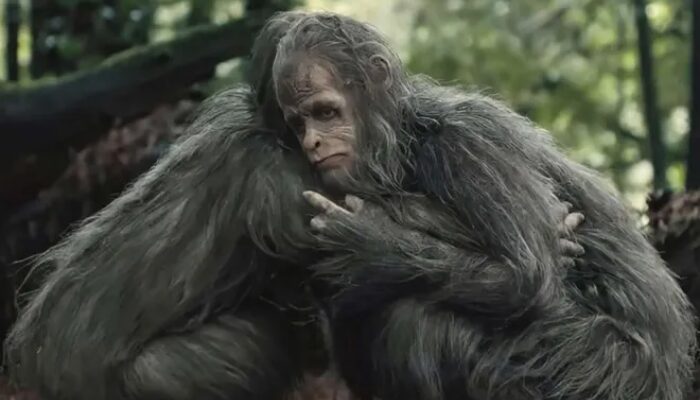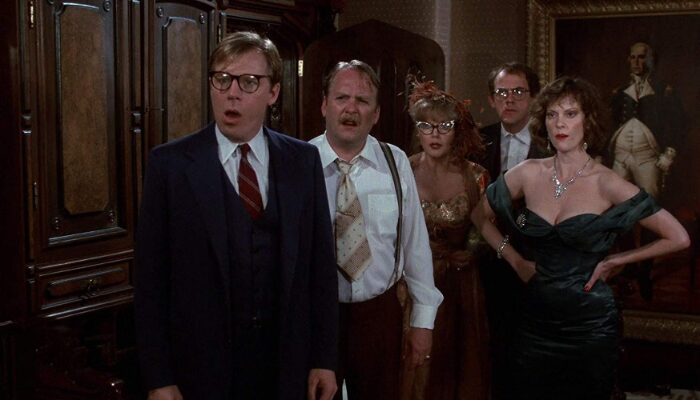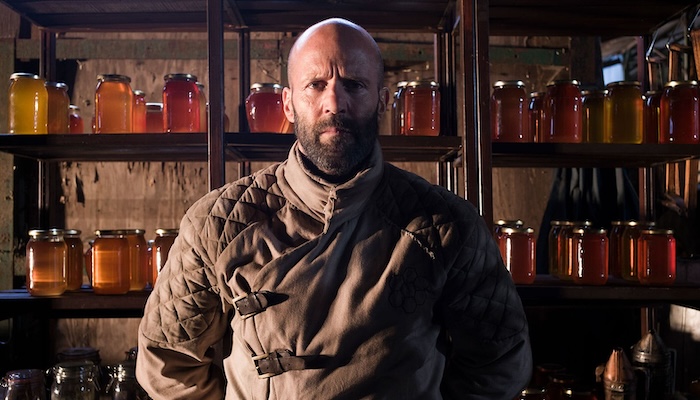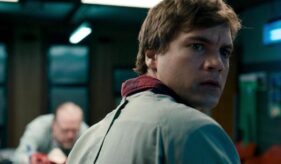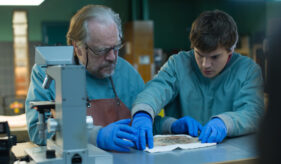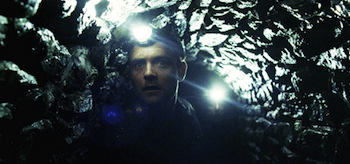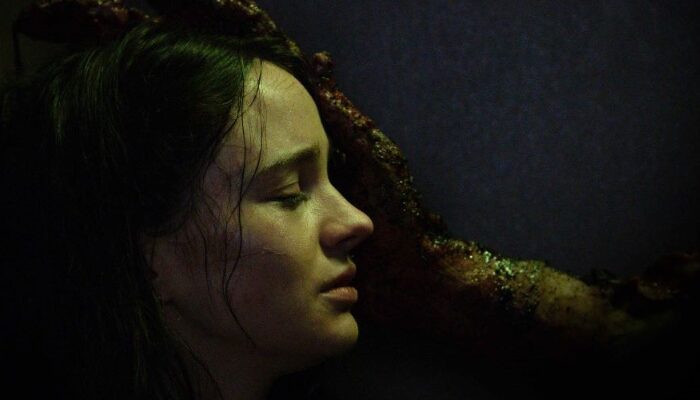Film Review: THE AUTOPSY OF JANE DOE (2016): A Good Narrative Undone By Its Ending
The Autopsy of Jane Doe Review
The Autopsy of Jane Doe (2016) Film Review, a movie directed André Øvredal, and starring Emile Hirsch, Brian Cox, Olwen Catherine Kelly, Ophelia Lovibond, Michael McElhatton, and Parker Sawyers.
The Autopsy of Jane Doe was one of the best horror films of the year. Such effusiveness was well-earned. The Autopsy of Jane Doe took the one room horror film concept and excelled at all of its elements. At its outset, an atmosphere was set and throughout the film, that atmosphere was added to and expanded upon in creative ways.
The Autopsy of Jane Doe immediately intrigued with its opening crime scene then deepened that interest when the film moved into a family-ran morgue. The camaraderie and the dynamics between father Tommy Tilden (Brian Cox) and son Austin Tilden (Emile Hirsch) were instant long before Jane Doe was rolled in to be examined.
What the viewer was about to see with Jane Doe was prefaced by what transpired with previous bodies in the morgue.
It was a clever move, showing the viewer that the proceedings, from the family’s investigative standpoint, were routine. It grounded The Autopsy of Jane Doe in a serious, medical-procedural world. The film needed the supportive, narrative wall of that realism and benefited from it in the film’s third act.
The anchor of The Autopsy of Jane Doe was its positive yet complicated father / son relationship. Knowing glances and trust flowed between the two of them in front of others and when alone. That relationship, when sorely tested by death and a growing dread of Jane Doe, was shown to be elastic and flexible. When Jane Doe stripped everything away from the protagonists, their love for one another and scientific / analytical mind-set remained. Those two assets helped them maintain their reason during escalating situations and events that were frightening and unprecedented.
During these moments, science, reason, logic, and investigation combated growing unease and supernatural events e.g. Jane Doe’s body healing itself. When it was discovered in the second act of The Autopsy of Jane Doe what Jane Doe was, it was a well-executed perceptual change in the film. Everything that had happened or was seen beforehand was automatically re-evaluated and viewed through that new viewpoint. The eeriest part of the second act reveal was that Jane Doe never moved an inch. She was a gargoyle, silent yet ominous in her beauty, nudity, and other-worldliness.
The Autopsy of Jane Doe‘s strength was the investigation into Jane Doe (obviously), the discovery of what Jane Doe was, and how she had been created. Most of those three points had to do with dialogue and there implications, not visuals (though they were there and ameliorated the narrative). Like the ending to Se7en, The Autopsy of Jane Doe was able to unsettle with words and what they implied rather than showing the viewer what was being spoken about on-screen.
At the beginning of this review, I stated that The Autopsy of Jane Doe was one of the best horror films of the year. That assertion had nothing to do with The Autopsy of Jane Doe‘s weakness, its ending. Like the ending to Looper, the ending to The Autopsy of Jane Doe (the police segment and the toe bell) was a disservice and made no sense in connection to the world and rules established by The Autopsy of Jane Doe. Does this scenario make sense to you?: a small town sheriff finds a gaggle of dead people and this pristine, naked, un-decomposing dead body half-buried. The sheriff takes the body to a morgue and tells the coroner that he needs information on the body asap. Father and son autopsy the body. The next day, the father, son, and the girlfriend of the son are all found dead and nothing has been done to the dead body. Not one incision. No autopsy. Six-to-nine hours (possibly more) had gone by, no work had been done on the body, and apparently one person was murdered, one fell to their death, and one dropped dead. All of this happened out of the blue. A similar scenario to when Jane Doe’s body was first found by police. With all this in front of Sheriff Sheldon Burke (Michael McElhatton), the sheriff decides to send the one piece of evidence that connected both crime scenes out of town. Does the last segment of that scenario make any sense? Wouldn’t that impede both investigations? How does that help the sheriff solve either of those crime scenes?
Because of this highly-dubious course of action, the viewer witnessed a high-flying narrative kicked in the family jewels, brought down to its knees by a police decision that would have never occurred or been conceived of in the real world.
If a real cop had seen that morgue crime scene and Jane Doe’s body (that had no autopsy performed on it – even though he’d ordered one hours ago), he would have ordered another one performed. All of those initial questions surrounding Jane Doe and her body still existed. A real policeman would have still wanted answers to them.
If Sheriff Burke thought something was “wrong” with the Jane Doe body, why not have it cloistered with no human access somewhere? Why send it to be around more human beings with no warning?
It was frustrating watching that nincompoop sheriff (and the writing behind him) cause a good narrative to be bungled in its concluding moments, all to the unnecessary chiming of a toe bell. The Autopsy of Jane Doe is the horror film that could have been.
Rating: 7/10
Leave your thoughts on this The Autopsy of Jane Doe review and the film below in the comments section. Readers seeking more film reviews can visit our Movie Review Page, our Movie Review Facebook Page, and our Movie Review Google+ Page. Want up-to-the-minute notifications? FilmBook staff members publish articles by Email, Twitter, Tumblr, Google+, and Facebook.
Related Articles
FilmBook's Newsletter
Subscribe to FilmBook’s Daily Newsletter for the latest news!




